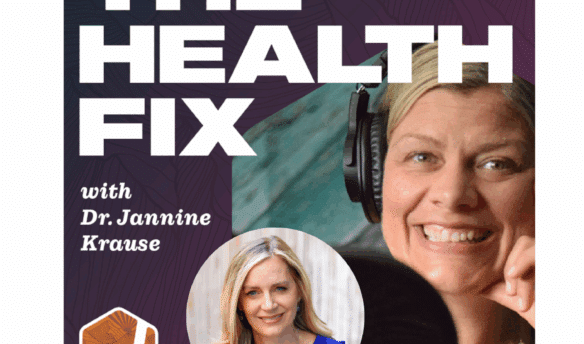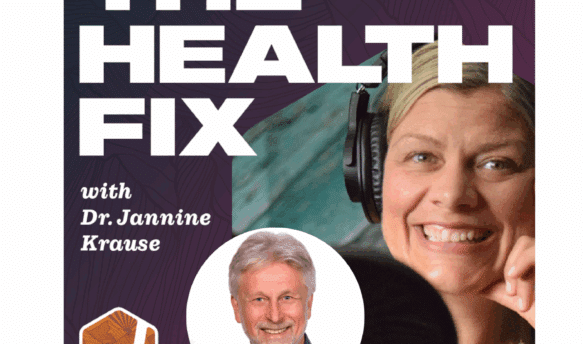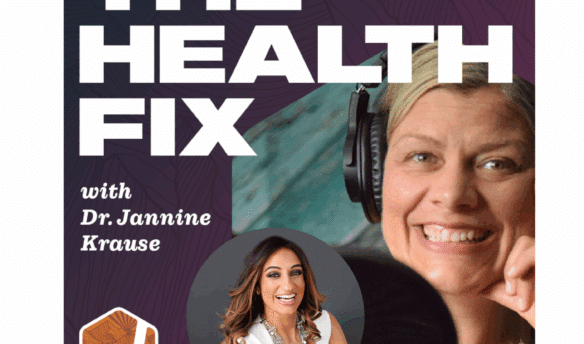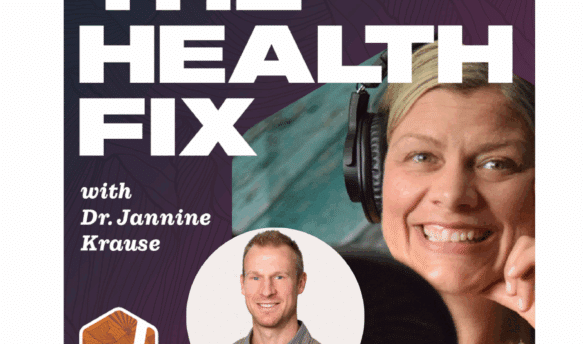Do You Really Need Lots of Fiber?
If I had a dollar for every generic recommendation to “eat more fiber to lower your cholesterol,” I’d be rich.
But here’s the truth: there is something to that advice, it’s just not as simple as you’ve been told.
We’ve all heard the magic number of 35 grams of fiber a day.
But have you ever calculated how much fiber you actually eat?
When I started using Cronometer, I was shocked at how hard I had to work to hit that number.
You really have to load up on veggies, fruits, legumes, or whole grains…unless you’re willing to supplement with fiber powders or pills(which there are some really good whole foods ones like Whole Food Fiber from Standard Process).
Here’s the problem: with popular trends like keto, carnivore, gluten-free, or low-lectin diets, hitting that fiber target can be tricky.
Add in a sensitive gut, and the idea of eating more fiber can feel impossible.
I get it. Many worry about:
🚽 Living on the toilet
🤰 Bloating like you’re 9 months pregnant
⏳ Or not going for days
I’ve seen all of those scenarios and experienced them myself.
Here’s what the “eat more fiber” crowd isn’t telling you:
Fiber isn’t easy to digest and some of it you don’t digest, it just passes through binding things up and moving them out.
That means starting with the right support:
- Probiotics like Therbiotic Complete by Klaire Labs, Seed or MegaSpore Biotic by Microbiome Labs
- Digestive enzymes like phytase, cellulase, hemicellulase, and amylase
- My go-tos: Designs for Health’s Plant Enzyme Digestive Formula or The Healthy Gut Company’s Holozymes
Once your gut has backup, you can slowly increase fiber without the misery.
Try this ramp-up method if you’d like to add more fiber to your diet:
Add 1 tablespoon of cooked veggies, sprouted/pressure-cooked lentils, beans, quinoa, millet, or amaranth daily for a week.
Increase by 1 tablespoon weekly until you reach about ½ cup.
Not everyone will tolerate the same amount and some may do best at ⅓ cup.
The key is consistency and listening to your gut.
Why bother? Because once your microbiome can digest fiber properly, you’ll notice:
- Better blood sugar balance
- Improved metabolism
- Decreased triglycerides + cholesterol
As we get older, insulin resistance, weight gain, and blood sugar swings become more common because our digestion isn’t keeping up.
Many “food sensitivities” are actually a lack of good bacteria and enzymes to digest those foods.
When you support digestion, fiber becomes your friend, not your foe.
I’ve created a comprehensive 3-6 month Metabolism and Intestinal Health Support Protocol that includes Whole Food Fiber, probiotics and enzymes plus other supportive items your gut needs when it’s rebooting it’s ability to process fiber.
In Episode 573 of my podcast, that comes out today, I chat with Nagina Abdulla about how she lost 40 pounds (and kept it off!) by improving her fiber digestion and using a spice on most of her carbs (click HERE to listen into the podcast).
Here’s to making friends with fiber,
Dr. J




